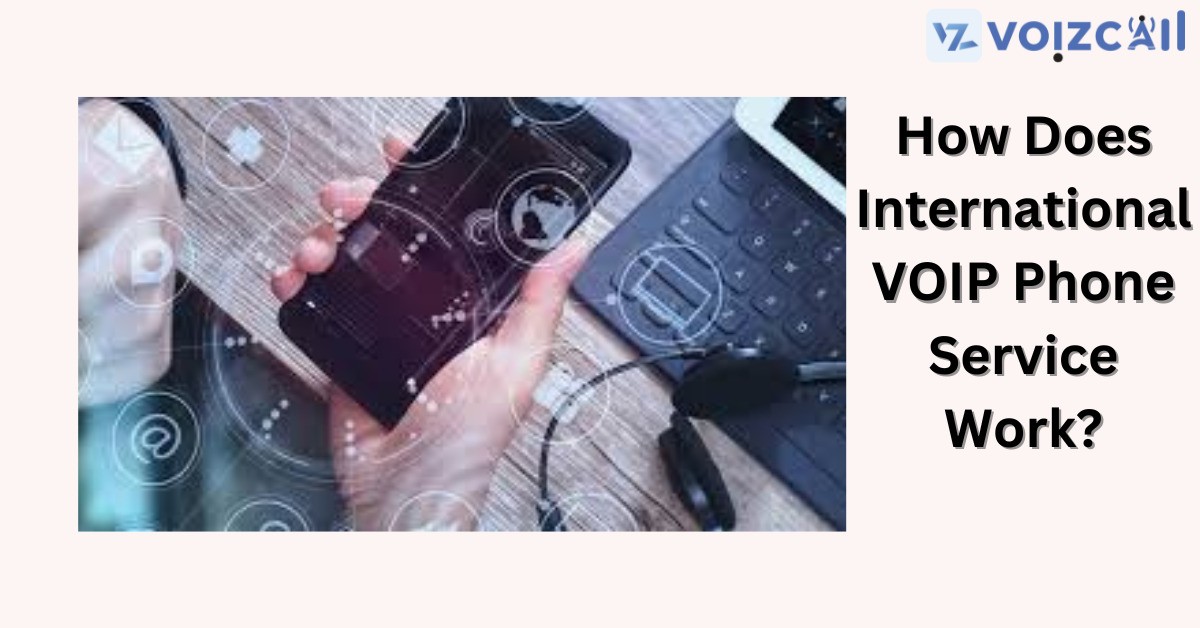


21/Feb/2024
International Voice Over Internet Protocol (VOIP) phone service has revolutionized global communication, offering a cost-effective and efficient alternative to traditional phone systems. Understanding how it works unveils the magic behind borderless and crystal-clear international calls.
At its core, VOIP converts voice signals into data packets that traverse the internet, eliminating the need for traditional telephone lines. When it comes to international calls, this process remains largely the same but with a few key considerations.
Firstly, your voice is digitized into data packets. These packets travel over the internet until they reach the server of your VOIP service provider. Here, the data is converted back into voice signals and directed to the recipient's device. The international aspect introduces additional complexities as the data may pass through various servers and networks before reaching its destination.
The use of the internet for international VOIP calls results in substantial cost savings compared to traditional long-distance calls. VOIP providers often offer competitive international calling rates or include them in their subscription plans, making it an attractive option for businesses and individuals with global communication needs.
Quality of service is a priority in international VOIP calls. To ensure crystal-clear communication, providers invest in advanced codecs and protocols that compress and decompress audio data efficiently. Additionally, many providers leverage Quality of Service (QoS) measures to prioritize voice data, minimizing latency and ensuring a smooth conversation experience.
International VOIP phone service also supports a range of devices, from smartphones to computers and specialized VOIP phones. This versatility allows users to make and receive calls internationally using their preferred devices, adding convenience and flexibility to the communication process.
In essence, the magic of international VOIP phone service lies in its ability to transform voice into data, navigate the complexities of international networks, and deliver clear and cost-effective communication across borders. It has become a cornerstone of modern global connectivity, bridging distances with the power of the internet.